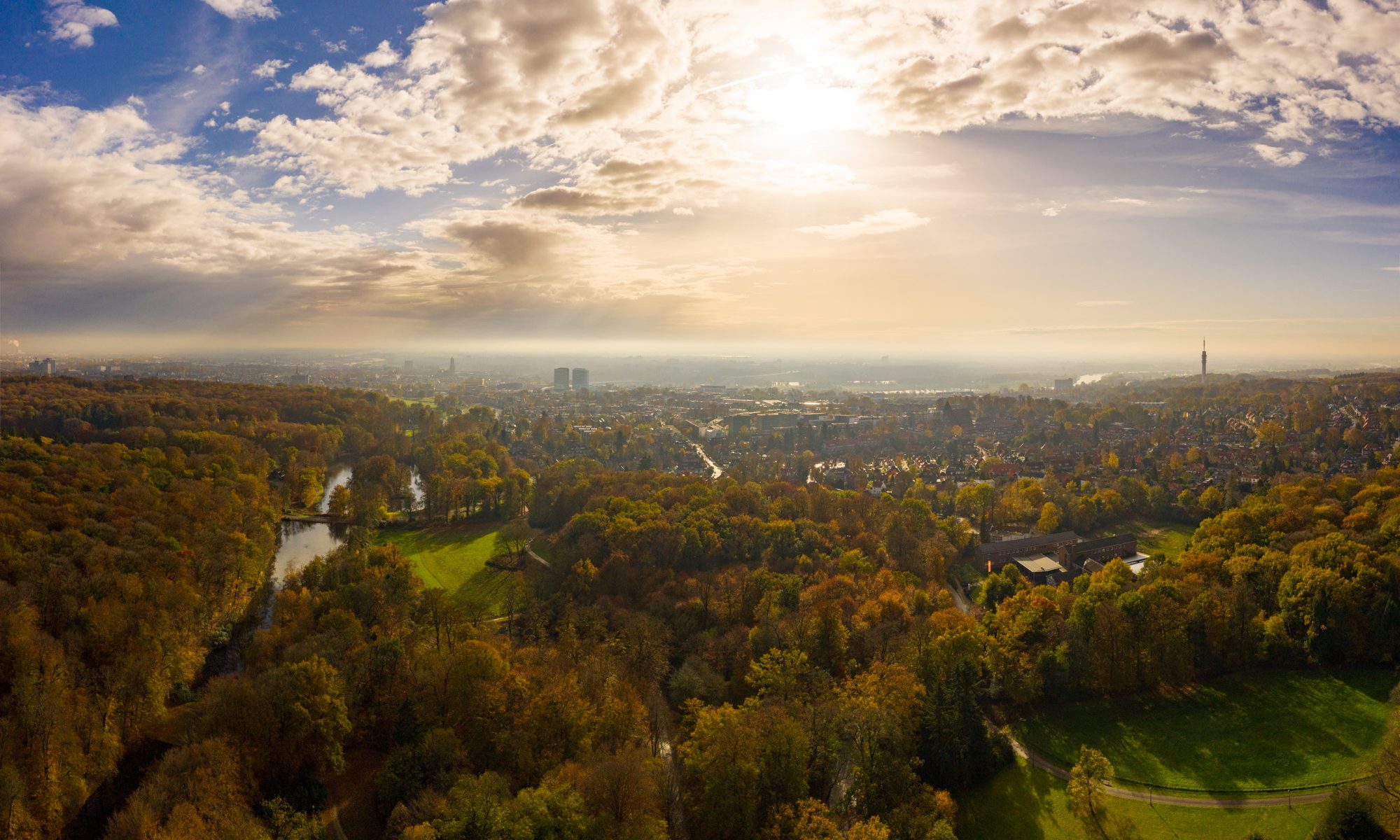Yesterday I gave a presentation for the Services Innovation unit at SenterNovem and the Economic Affairs department. Focus was on how SaaS is one of the important enabling foundations of service innovations. Service innovation is possible through advancements in ICT but ICT is not a transparent factor that makes everything possible. Some functionalities are easy to achieve whereas some are hard or impossible due to the quirky nature of technology.
However, often to little attention is given to the relation between business goals and ICT possibilities. Our statement is that both need explicit attention.
The presentation is ended with a call to start working on a national testbed infrastructure for the development of SaaS services. Espcially a country like the Netherlands can be strong in delivering services by “mashing up” all kinds of basic services due to our strengths in trade. In the development of the inrastructure needed to create an agile business community capable of creating and delivering services worldwide there certainly is a role for the government.

 y would not be traceable that way. Of course the police could easily find out which payphone was used but by the time they were there the boys were long gone. However, the police was able to acquire several images of video camera’s close by that had the boys on tape while they were making their calls. By showing these video images on national television the parents recognised them and immediately took them to the police station (brave action!).
y would not be traceable that way. Of course the police could easily find out which payphone was used but by the time they were there the boys were long gone. However, the police was able to acquire several images of video camera’s close by that had the boys on tape while they were making their calls. By showing these video images on national television the parents recognised them and immediately took them to the police station (brave action!). Google is very much working on ways to stimulate conservation of energy. One of the issues they mention on their
Google is very much working on ways to stimulate conservation of energy. One of the issues they mention on their 
 One of the most interesting developments I see at the moment is the move to ubiquitous ICT. ICT in the form of small unobtrusive sensors, smart ICT that takes the context of the user into account (based on all those sensors) and feedback mechanisms to users that do not use explicit displays do this much more on an “experience” level, e.g. by changing the colour of light. I recently read a book called
One of the most interesting developments I see at the moment is the move to ubiquitous ICT. ICT in the form of small unobtrusive sensors, smart ICT that takes the context of the user into account (based on all those sensors) and feedback mechanisms to users that do not use explicit displays do this much more on an “experience” level, e.g. by changing the colour of light. I recently read a book called 

 This is very interesting picture that shows the difference between the opportunities for saving energy between Europe and the USA. I do not think there are many households in the Netherlands that do not use a programmeable thermostat, often even integrated with a outside temperature sensor. This is something we have to keep in mind when comparing research on energy saving between the USA and Europe.
This is very interesting picture that shows the difference between the opportunities for saving energy between Europe and the USA. I do not think there are many households in the Netherlands that do not use a programmeable thermostat, often even integrated with a outside temperature sensor. This is something we have to keep in mind when comparing research on energy saving between the USA and Europe.